If Asterix and Obelix had been real characters they would have spoken a language other than French, which is a Romance language derived from Latin. Nor would they have spoken Breton , because this Celtic language was brought to Armorica (present-day French Brittany) during the Middle Ages by emigrants who arrived from the island of Great Britain. Before the arrival of the Romans, the people of those parts spoke Gallic .
The Gaul It was a Celtic language that was spoken in the territories that included Gaul, roughly all of present-day France, Luxembourg, Belgium, almost all of Switzerland, northern Italy, and the areas of Holland and Germany located west of the Rhine. from one of the three continental European Celtic languages, together with Celtiberian spoken in the Iberian Peninsula and Lepontic from Retia, north of Italy.
Not many texts in the Gallic language have survived to this day, at least not extensive texts. About 800 inscriptions are known, most of them fragmentary, on calendars, ceramic beads, funerary monuments, dedications to gods, coins, etc. The Gauls did not have their own alphabet, so they wrote their language using the Greek alphabet.
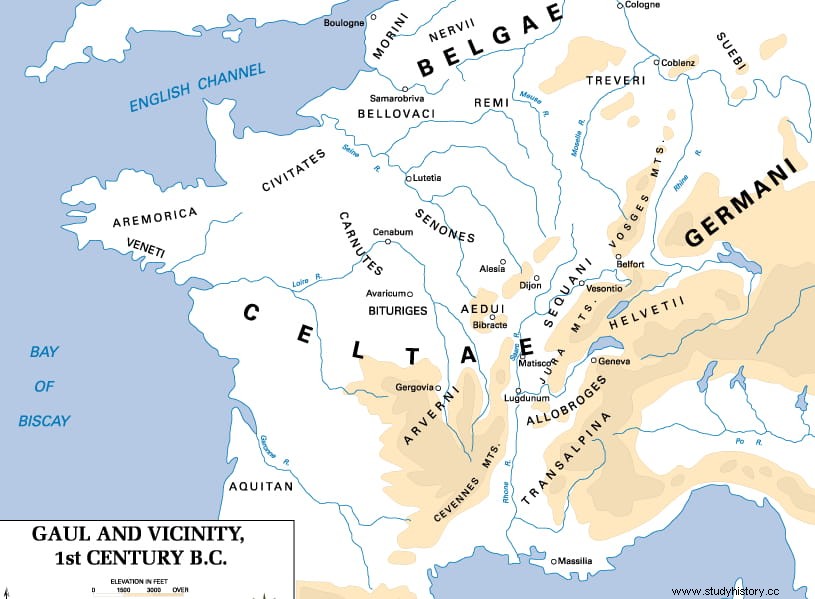
Julius Caesar records this fact in his Commentaries on the Gallic Wars, where he says that the documents captured from the Helvetii They are written in Greek characters. According to John Collis, until the conquest of Gaul all Celtic coins were minted with Greek letters, but they began to switch to the Latin alphabet around 50 B.C.
With the fall of the Western Roman Empire, from the end of the 5th century AD. Gaulish begins to be replaced by Vulgar Latin and by Germanic languages, disappearing completely towards the end of the 6th century AD.
The two longest known texts in the Gallic language are the Coligny calendar, to which we have already devoted an article because its discovery allowed the reconstruction of the Celtic calendar, which contains some 2,000 Latin characters and numbers; and the Larzac tablet, which is considered the longest Gaulish inscription found so far (since the calendar is mainly numbers and names).
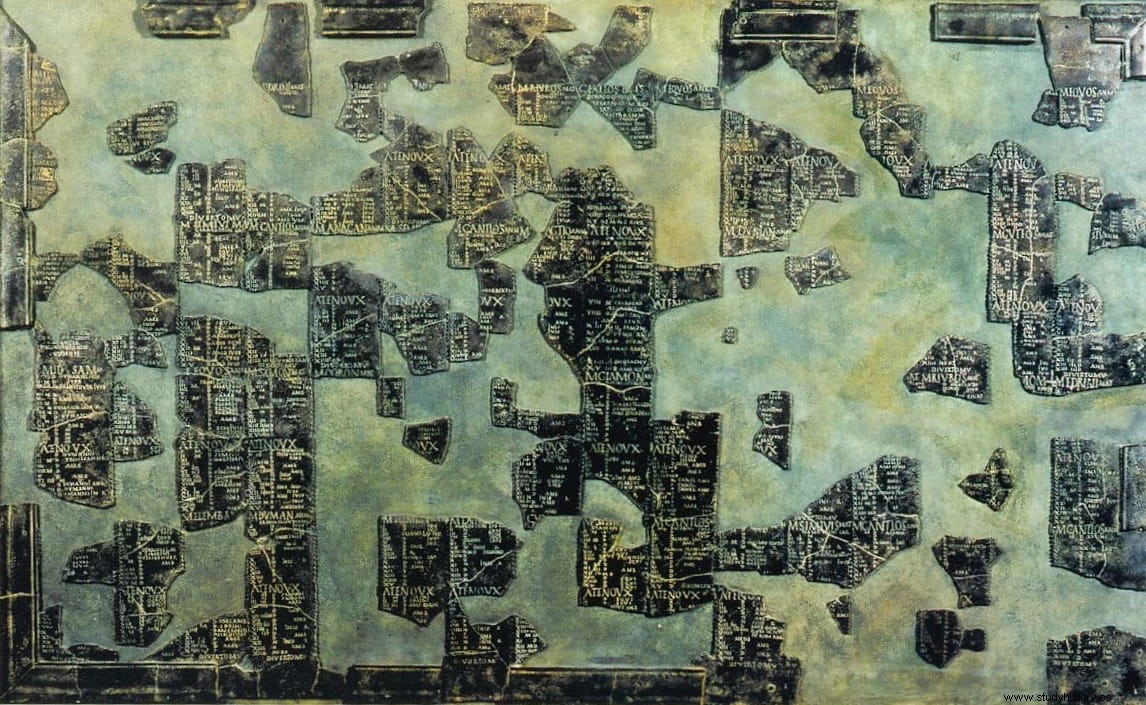
It is a lead plaque discovered in 1983 in a tomb at the La Vayssière site, in L'Hospitalet-du-Larzac, near the old Roman road that went from Condatomagus (Millau) to Luteva (Lodève) in the south of France. It is engraved on both sides with cursive Latin characters and is dated by experts to around 100 AD. The plate is broken into two fragments, which have a thickness ranging from 0.9 to 1.3 millimeters, with a total weight of 276 grams.
It contains more than 1,000 signs and about 160 words and was made by two different scribes, erasing the last part of the text of its predecessor. The inscription is divided into four parts, and the reading order is uncertain because it is not known whether the lead was broken before or after it was engraved.
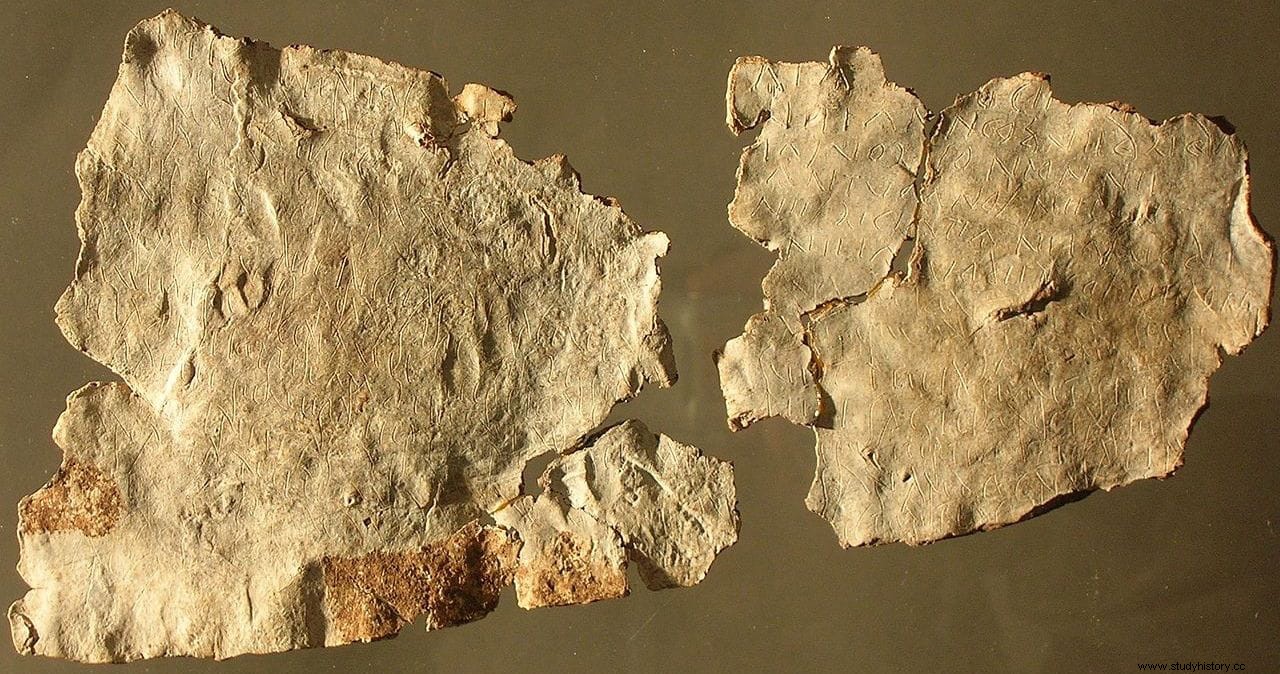
Despite the difficulty of its reading, researchers agree that it is a magical text that seems to refer to the rivalry of two groups of priestesses, whose existence in the Celtic world is mentioned in ancient sources. The Roman geographer Pomponius Mela, for example, speaks of a college of nine priestesses capable of summoning storms and taking the form of animals.
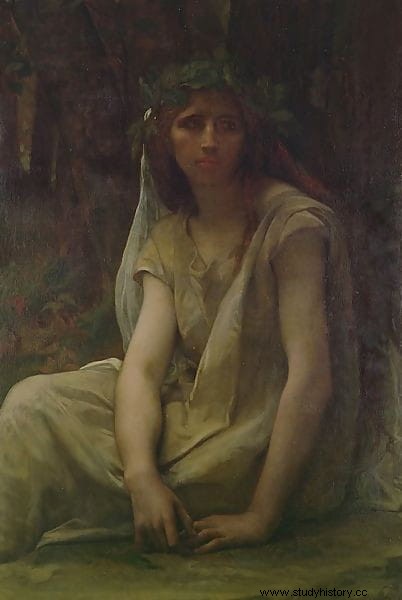
Thus, Larzac's lead would be a kind of curse tablet (defixio ) containing spells against a certain Severa Tertionicna, the chief rival priestess, and her followers. The fact of having been placed in a tomb makes sense because it was considered a door, through which the curse would reach the deities who had to put it into practice. Similarly, the fragmentation of the tablet could have been intentional, as part of the ritual to send it to the underworld.
The inscription reads thus:
Which, unless the reader knows how to speak Gaulish, is incomprehensible. This would be the translation, made by the Scuola Normale Superiore from Pisa:
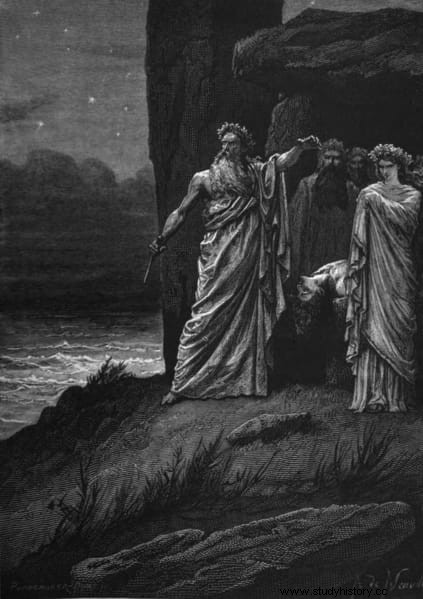
And it ends with the names of those against whom the curse is made:
Since the inscription contains fully formed sentences, with finite verb forms, and mentions only women, the Larzac tablet has served to improve scholars' understanding of grammar and especially the first declension of the Gallic language. In addition, it has allowed us to discover that the Gallic word for girl or girl was duχtir , inherited from Indo-European and lost in the Insular Celtic languages.
On the other hand, it provides researchers with valuable information about magical-religious practices and beliefs of the population in Roman Gaul that, if it were not for this type of inscriptions, would be practically unknown. The Larzac tablet is preserved in the Millau Museum.
